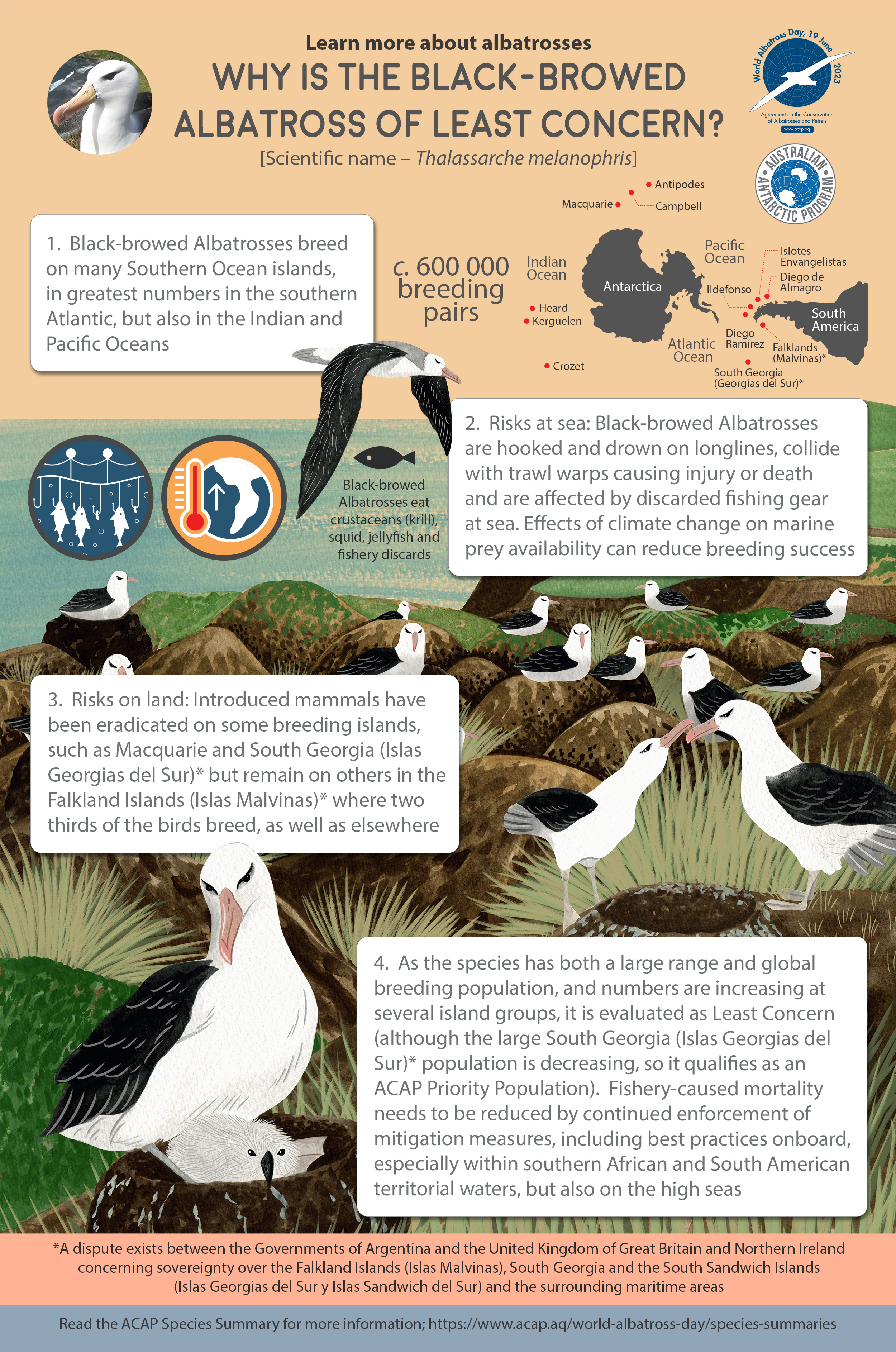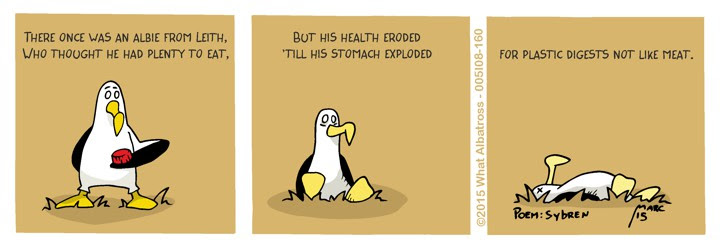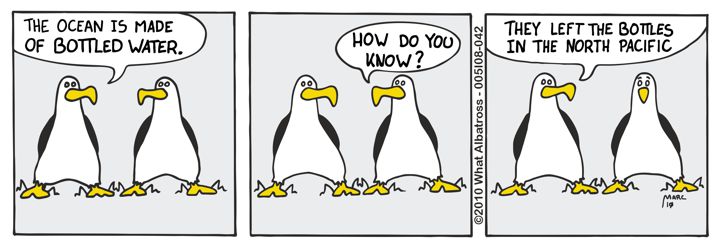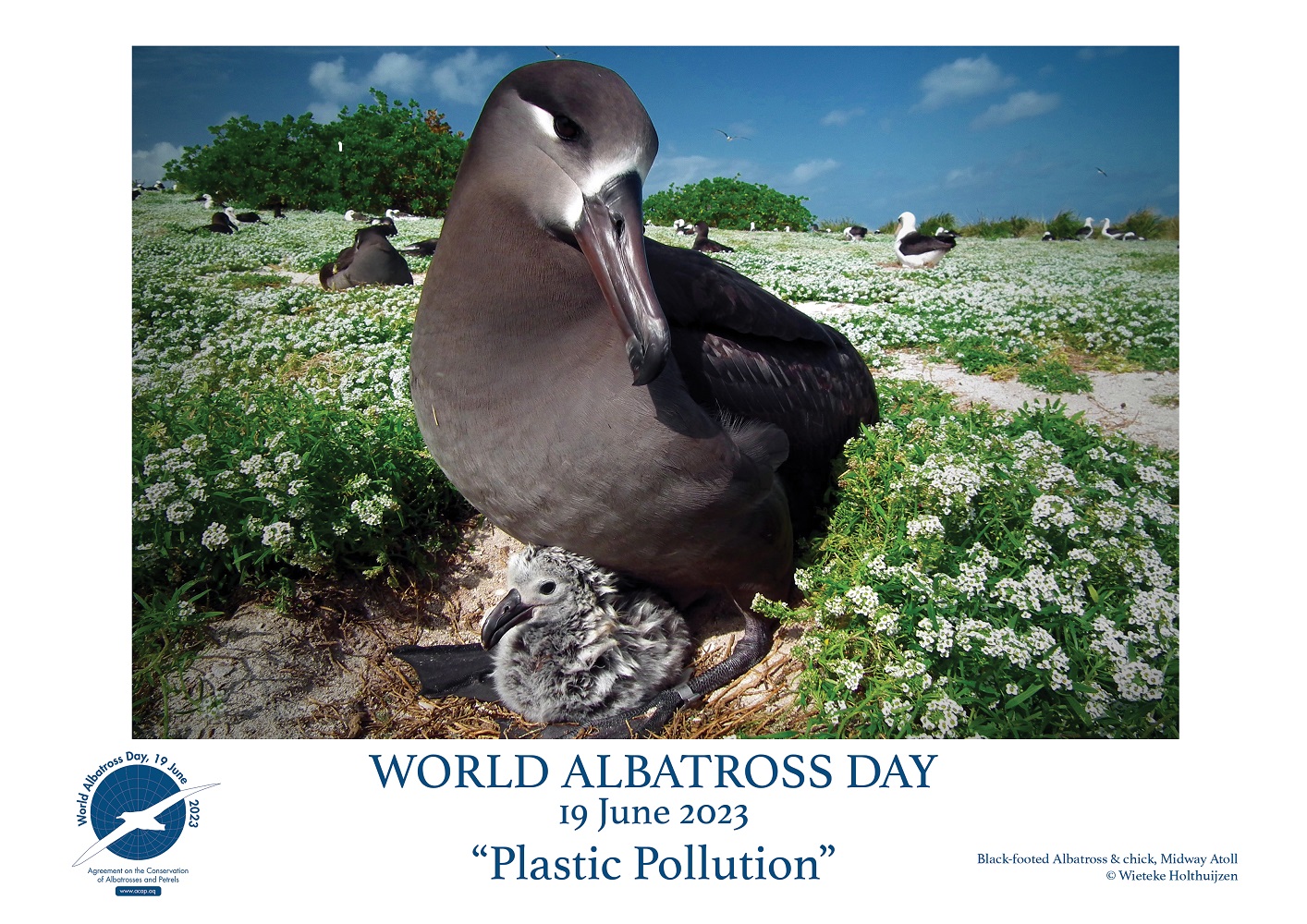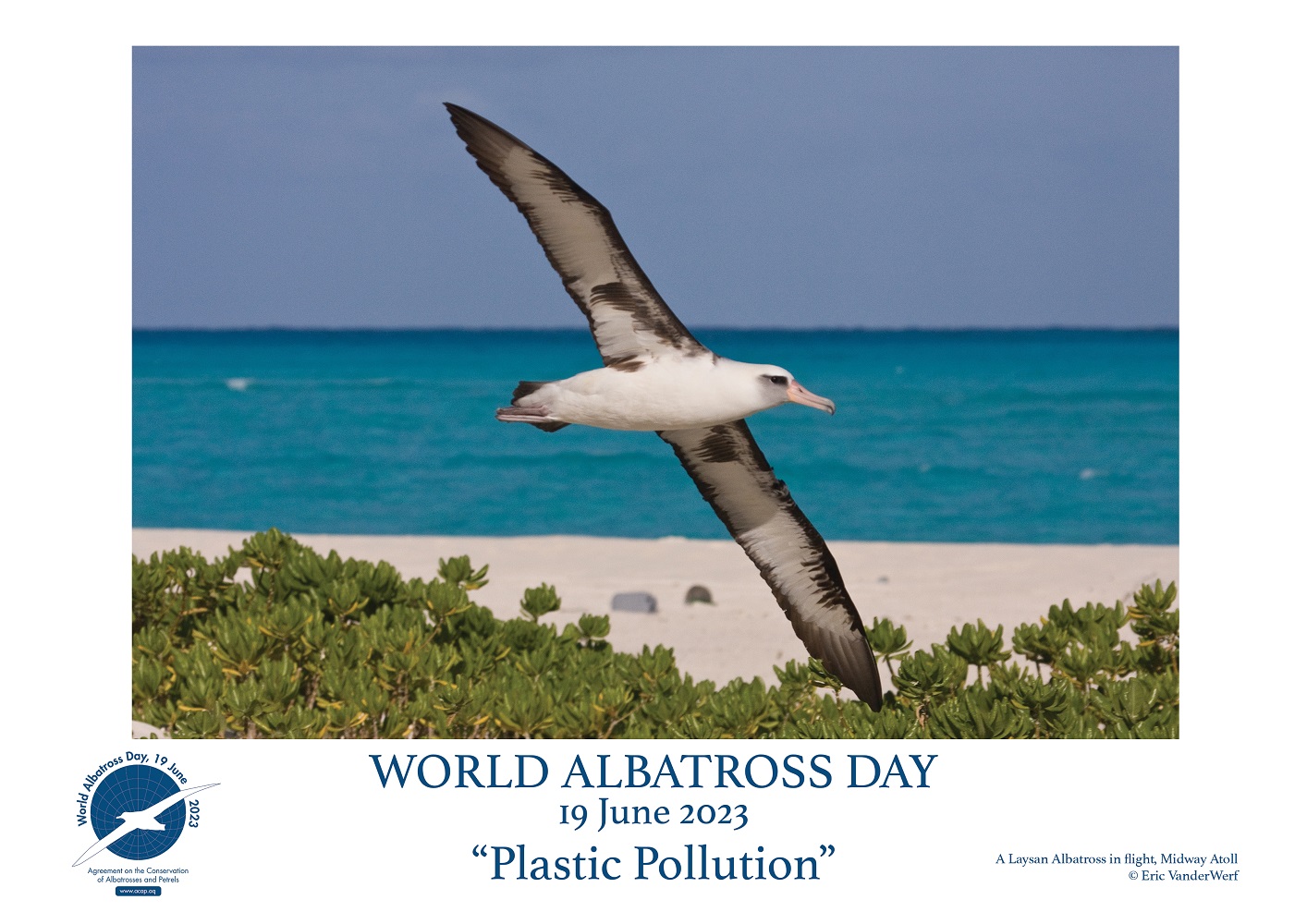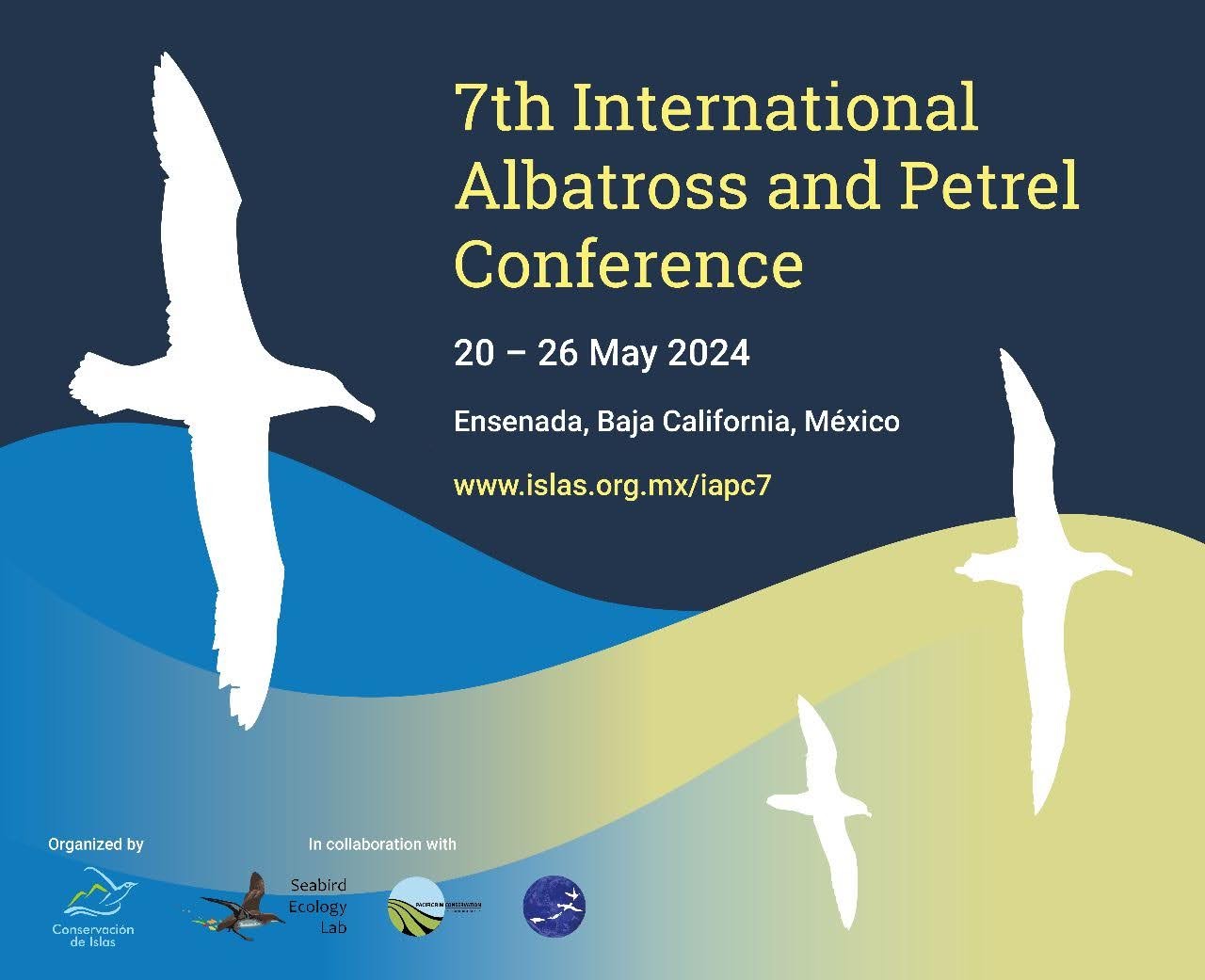
Federico Alfonso Méndez Sánchez (Director General, Grupo de Ecología y Conservación de Islas, Mexico) has written to ACAP Latest News with the latest news about the 7th International Albatross and Petrel Conference (IAPC7) to be held next year.
“Do you work with albatrosses, petrels or shearwaters, or are you simply interested in learning more about these wonderful seabirds?
Then you have to be in Ensenada, Baja California, Mexico in May 2024. This area of the Mexican Pacific is the storm petrel capital of the world and home to the Black-vented Shearwater and Laysan Albatross.
Grupo de Ecología y Conservación de Islas (GECI) in collaboration with the Seabird Ecology Lab of the University of Barcelona, the World Seabird Union and Pacific Rim Conservation are organizing the 7th International Albatross and Petrel Conference (IAPC7).
We invite you to pre-register to stay updated on the conference here.
¿Trabajas con albatros, petreles o pardelas, o simplemente te interesa conocer más acerca de estas maravillosas aves marinas? Entonces tienes que estar en Ensenada, Baja California, México en mayo de 2024. Esta zona del Pacífico mexicano es la capital mundial de los petreles de tormenta y hogar de la perdela mexicana y el albatros de Laysan.
Conservación de Islas en colaboración con el Seabird Ecology Lab de Universitat de Barcelona, World Seabird Union y Pacific Rim Conservation estamos organizando la Séptima Conferencia Internacional de Albatros y Petreles #IAPC7.
Les invitamos a pre-registrarse para mantenerse actualizados sobre la conferencia en: https://www.islas.org.mx/iapc7/”
Federico adds “We will soon have the banner in both English and Spanish, and hopefully the official logo and webpage will come soon after that”.
Read an earlier ALN post on IAPC7 here.
With thanks to Federico Alfonso Méndez Sánchez.
John Cooper, Emeritus Information Officer, Agreement on the Conservation of Albatrosses and Petrels, 22 March 2023
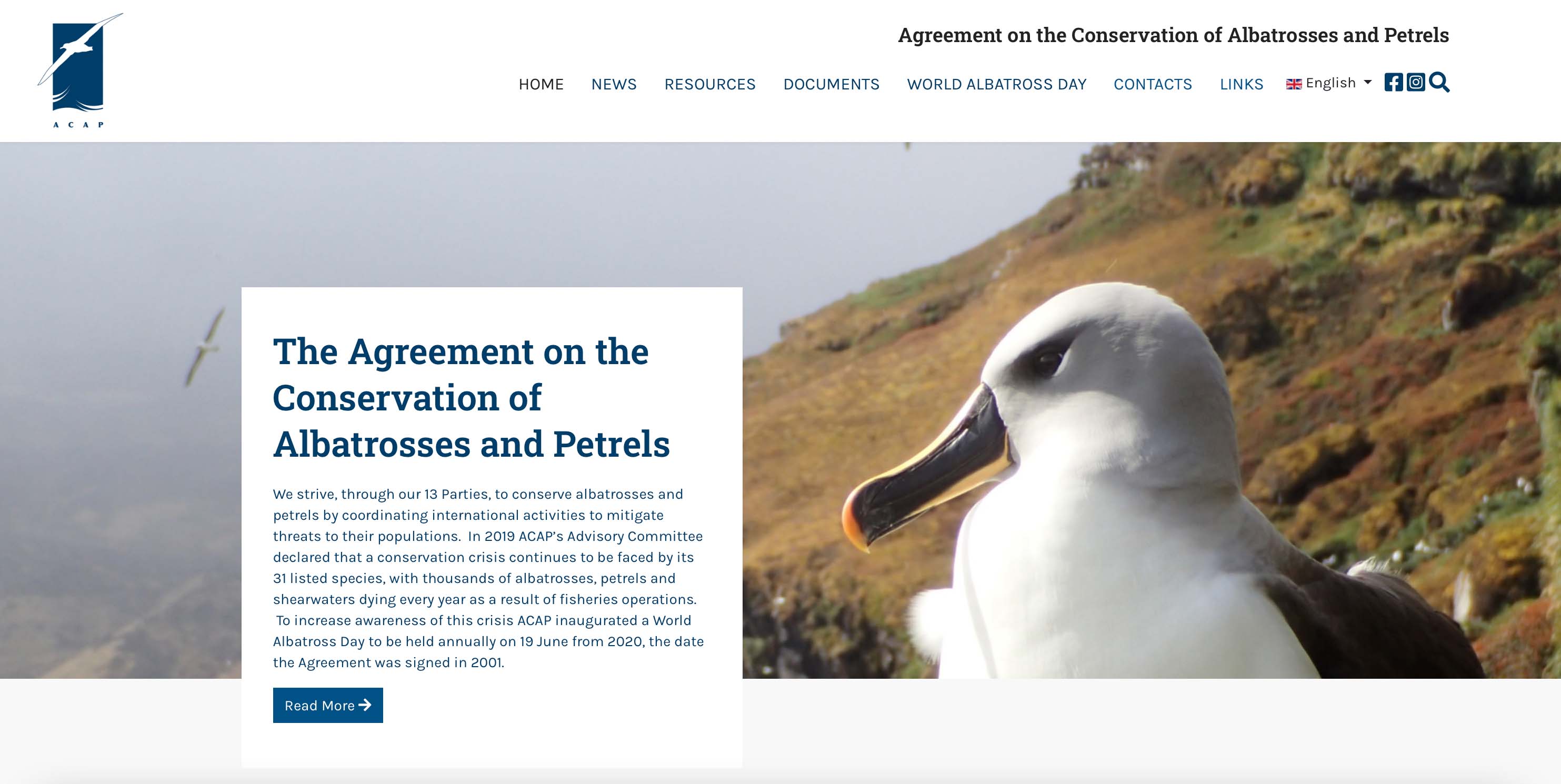

 English
English  Français
Français  Español
Español 
